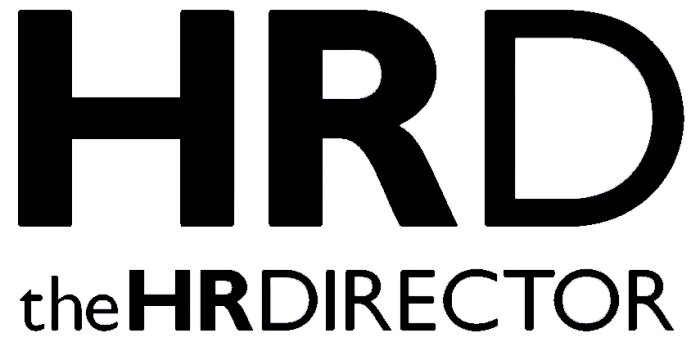With summer underway—a time when many employees hope to recharge—new data shows that burnout remains a pressing issue. A 2023 survey by McKinsey Health Institute found that nearly 22% of European employees report symptoms of burnout, with younger workers and women most affected. Hogan Assessments, the world’s leader in workplace personality assessment, outlines how to identify early symptoms and implement culture-level changes to prevent them.
As financial pressures rise, workplace stress is reaching a tipping point—pushing many employees toward burnout. While burnout stems from chronic, unmanaged stress, it’s not just a personal issue—it’s a systemic, organizational challenge. In times of crisis, job insecurity and overstretched teams only amplify the emotional toll.
Leaders and HR professionals are tasked with re-engaging exhausted employees while managing their own fatigue. Addressing burnout in moments like this requires more than resilience—it calls for awareness, strategy, and structural change.
Individually, professionals must stay alert to the signs of stress and mental exhaustion—but these are often overlooked amid job insecurity and performance pressure. That’s where leadership makes all the difference. Managers must learn to recognize when team members are approaching burnout and foster open, supportive environments.
Recognizing the role that managers and leaders play in shaping organizational culture is crucial, and can help companies address employee burnout and foster a healthier workplace.
“Burnout is more than a personal struggle—it’s an organizational red flag. By understanding the personality traits that drive workplace behavior, leaders can intervene early, reduce stress, and build healthier, more resilient teams,” says Allison Howell, Vice President of Market Innovation at Hogan Assessments.
Understanding personality-driven behaviors can help leaders support struggling teams. With the right insights, leaders can create healthier, more resilient workplaces—and better care for their people.
- Speak with Intention, Listen with Empathy: Foster a culture of open dialogue where employees feel safe sharing their experiences by holding regular check-ins and being intentional with how you engage. Tailor your communication style to fit different personalities—some may respond better to one-on-one conversations, while others feel more comfortable in group settings. This kind of inclusive communication approach has been shown to reduce burnout by up to 25% in hybrid teams, according to the European Parliament—highlighting how crucial empathy and openness are in a post-pandemic workplace.
- The Power of a Thank You: Boost morale by regularly acknowledging effort and celebrating wins—big or small. Just as important as the recognition itself is how it’s delivered: while some employees thrive on public praise, others value a more private, personal thank-you. Recognition, when tailored to individual preferences, is more than a morale booster—Gallup research shows that employees who feel consistently appreciated are 63% more likely to remain with their organization for the following year.
- Well-Being Meets Performance: Support employee well-being by offering access to mental health resources like counseling or stress management workshops. At the same time, invest in skill-building opportunities that empower teams to work more efficiently—reducing overload and boosting confidence. This dual investment pays off: according to the OECD, companies that prioritize well-being alongside development report productivity gains of 10% to 12%, proving that caring for employees and performance go hand in hand.
- Encourage Work-Life Balance: Place emphasis on the importance of balancing personal wellbeing, alongside professional wellbeing, and create a company culture that values employee mental health outside of the office. Leaders can pave the way on this by using their own PTO, and encouraging their employees to do the same. Research by Eurofound shows that when employees are empowered to take time off and manage their schedules, stress levels drop by 30%—a clear case for leading by example during summer and beyond.
As burnout rates continue to rise amid economic uncertainties and overwhelmed workforces, it’s crucial for leaders to cultivate an environment of open communication and tailored support, recognizing the unique needs of their employees.
Prioritizing mental health and addressing burnout not only benefits individuals, but also enhances overall organizational performance, paving the way for a healthier and more engaged workplace.
For more information, visit hoganassessments.com.







